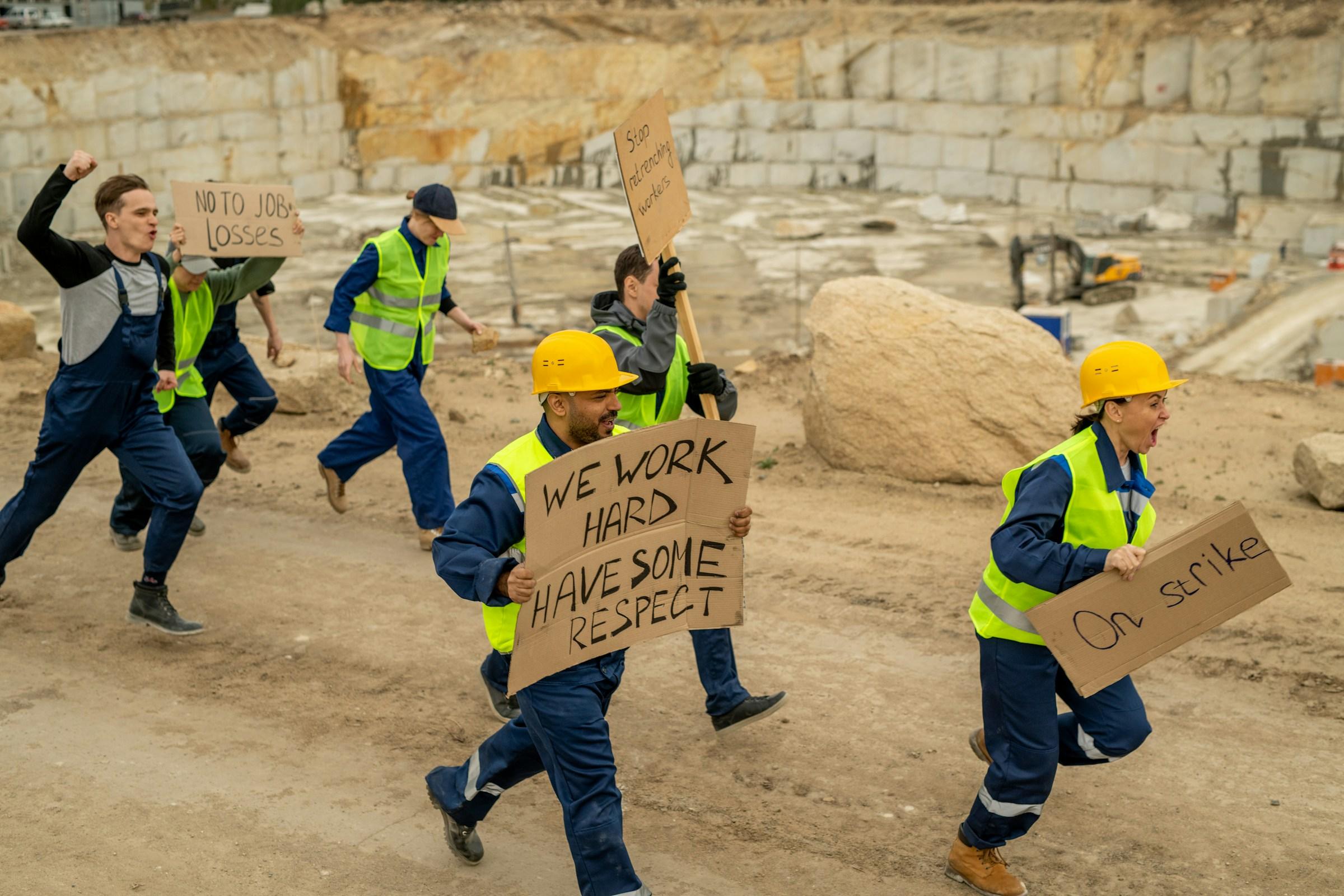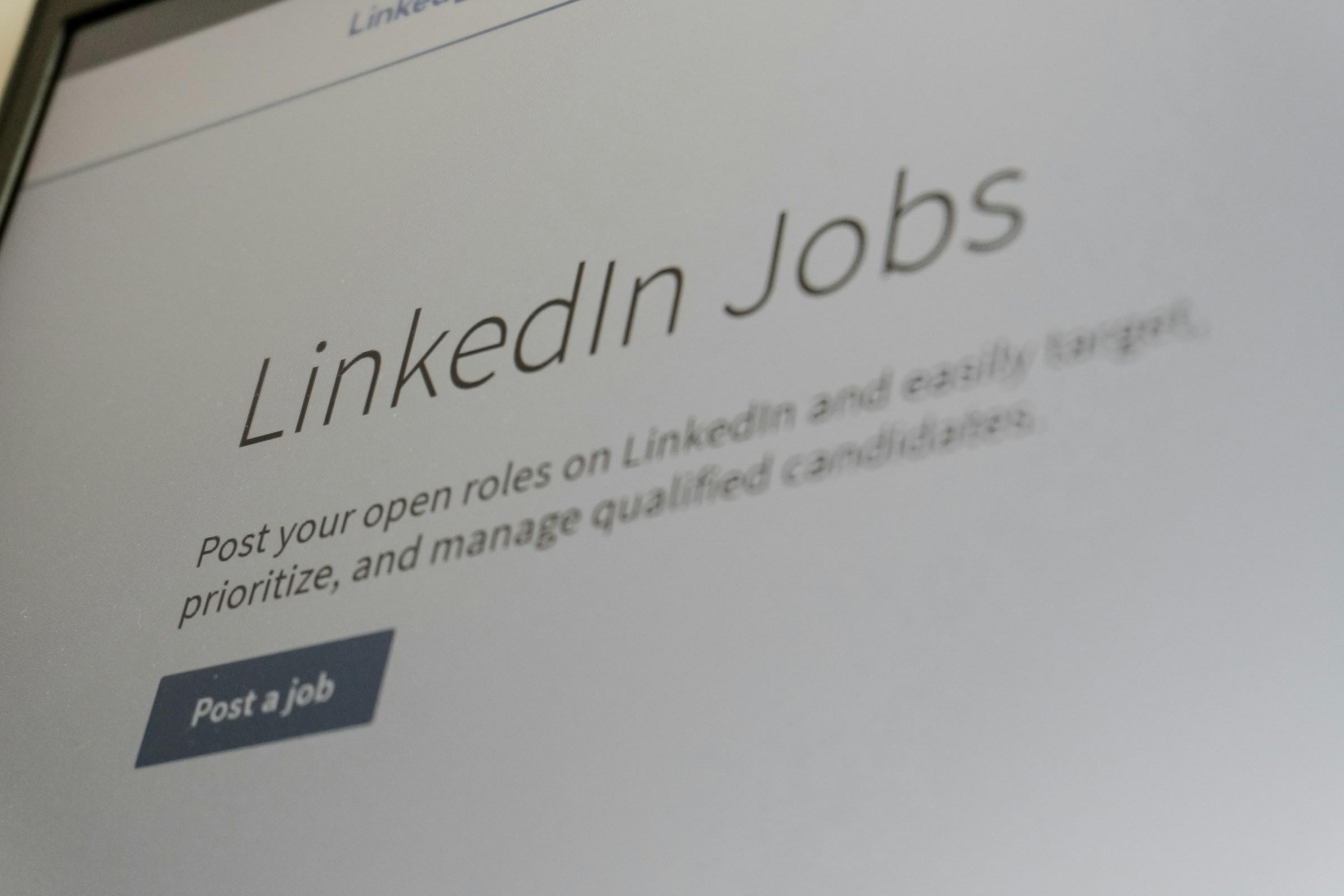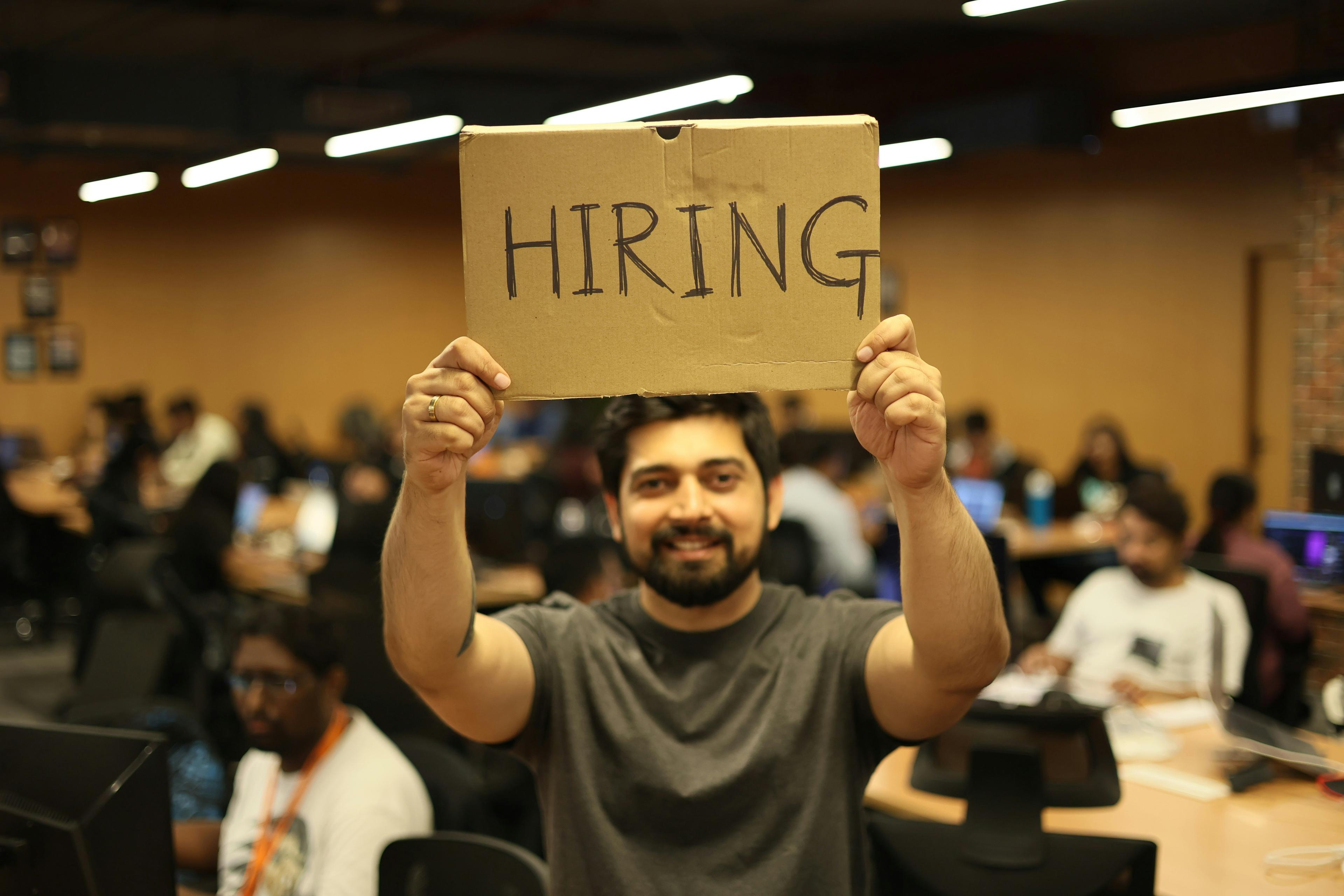Recruiters no longer face a choice between speed and judgment. The real question is where machine help should sit in the hiring funnel and where human judgment must remain in charge. That map looks different in London than in Dubai or Riyadh, and those differences shape outcomes. Across the United Kingdom and the Gulf, companies have added artificial intelligence to their talent stacks one tool at a time. A resume parser appears first, then a chatbot, then a skills inference engine, all layered on top of an older applicant tracking system. Some firms see faster throughput and stronger signals about fit. Others generate a quicker route to a weak decision. The gap comes down to design. The strongest teams decide deliberately where AI belongs, where it must not trespass, and how procurement, compliance, and hiring managers will hold the line.
Sourcing is often the first place where AI earns its keep. Language models and skills graphs can scan public profiles and infer adjacent capabilities rather than hunting only for exact job titles. A smart system treats the market like a living network. When an energy client in Abu Dhabi needs control engineers, the model does not stop at identical past roles. It searches for robotics experience, industrial automation, and power systems, then estimates the likelihood that a person will move based on tenure, location, and recent activity. In the United Kingdom, where long notice periods and established sector norms can slow mobility, that adjacency logic opens talent pools that human sourcers may overlook. In the Gulf, where expansion programs can trigger sudden demand spikes, the same logic reduces reliance on a few agencies and broadens access to candidates who can adapt.
Screening turns potential into risk or reward. AI can scan thousands of CVs and surface signals such as depth of domain exposure, project scale, and the velocity of career progression. The danger is that models may lean on proxies like school brand or past employer prestige. That is not real intelligence. That is nostalgia at scale. United Kingdom employers, subject to stronger public scrutiny and tighter legal norms, are learning to strip brand heavy features from prompts and scoring. Gulf employers, especially in fast scaling sectors, still face the temptation to compress risk by over indexing on pedigree. A better approach anchors on outcomes that can be observed. A model can search for verbs and numbers that indicate how a candidate moved a needle. It can identify evidence of margin expansion, uptime gains, delivery speed, or customer impact. This shifts the score from where someone sat to what they achieved.
Interviews benefit from orchestration more than replacement. Scheduling bots, structured question sets, and real time notes that tag competencies turn interviews into comparable data rather than one off conversations. The best teams use AI to enforce structure and coverage while reserving the judgment for humans. A consistent set of prompts ensures that problem definition, stakeholder management, and post launch learning receive attention. Models can suggest follow ups that probe depth rather than style. In the United Kingdom, this supports fair process under equality frameworks. In the Gulf, it helps managers who split attention between growth projects and hiring. The return on investment does not come from removing interviewers. It comes from making each interview hour produce a clearer and more reliable signal.
Assessment has become both a creative space and a contested one. Code generation and automated grading accelerate technical screens. Language models can simulate customer meetings for sales roles and then score listening, objection handling, and clarity of close. The upside is clear when tasks mirror the actual work. Risk grows when tests become puzzles that have little to do with the job. European employers tend to favor validated cognitive tools and job samples with published psychometrics. Employers in the Middle East and North Africa often prefer scenario driven exercises that reflect local market dynamics and project speed. The strategic principle is simple. Test the work, not the theater. A data analyst should clean a real messy dataset and produce insights that a stakeholder could act on next week. A sales leader should navigate a cross border account plan with real constraints. AI can generate the brief, score structure and coverage, and hand the final call to a manager who knows what good looks like.
Candidate experience is the quiet revolution. Applicants want clarity about status and next steps. Chat assistants answer questions about process, benefits, relocation, and timing. They collect missing information without sending someone through another half hour of forms. Done well, this feels like service. Done poorly, it becomes a wall that filters out the very people a company hopes to attract. The United Kingdom has moved toward clear disclosures and an easy route to a human at any point. Gulf firms that compete globally for talent are making similar choices because the experience itself signals seriousness. A simple design rule helps. Use AI to make the path faster and clearer, and make opting out of the bot effortless. That single choice reduces drop off among experienced candidates who have options and limited patience.
Fraud detection is less visible but now essential. Remote interviewing created new failure modes. AI checks identity, detects lip sync artifacts, and cross references answers with public work histories. This lowers risk without turning every interview into an interrogation. In the United Kingdom, these checks blend naturally into right to work verification and background screening. MENA employers combine them with vendor led verifications and local regulatory checks. The goal is straightforward. The person who starts on day one should be the same person who cleared the process, and the verification should not stigmatize legitimate candidates who prefer remote steps.
Compliance is not a footnote anywhere that AI touches employment. Privacy law in the United Kingdom and across Europe demands clear purpose limits and data minimization. The emerging European rules classify employment algorithms as higher risk, which raises the bar on documentation, monitoring, and transparency. In the Gulf, national workforce goals create a different kind of requirement. Firms must show that selection logic is transparent and fair while they also meet localization targets. The practical answer is governance that looks like product management. Each AI feature has an owner, a change log, and a dashboard. Teams monitor model drift. They sample rejections for fairness and explainability. They track performance of hires at six and twelve months to test whether early signals predict later success. This is not fear driven. It is operating maturity.
Measurement needs a reset if AI is going to do more than make the process faster. Time to fill will always matter, but speed is not the strategic goal. Quality of hire becomes meaningful only when defined in a way that links early signals to later outcomes. Did the hire reach productivity faster. Did the team’s metric improve. Did the person clear the first performance cycle. Models learn from those links. Without them, the stack optimizes throughput and surprises leaders with churn. United Kingdom firms with strong HR analytics already connect applicant tracking data to performance and retention. Gulf firms in high growth environments can move quickly by deciding which outcomes matter before buying tools. If safety excellence is the priority on a construction portfolio, measure safety. If net promoter score is the focus for a retail network, measure that. Recruit for the outcome that leadership will actually track.
Organizational design shapes whether AI becomes useful scaffolding or a set of gadgets that never fit together. Centralized talent teams with embedded analysts can maintain prompts, monitor drift, and share playbooks across business units. Decentralized organizations can still succeed if they set clear standards for what can be automated and what must remain manual. A common failure pattern is letting each manager bolt on a preferred widget. That produces inconsistent candidate journeys and legal exposure. A healthier pattern uses a curated stack, a sandbox for experimentation, and a published decision tree. High volume, low variance roles can carry heavier automation. High impact or sensitive roles get AI support but not automated decisions.
The vendor market will keep marketing end to end solutions that claim to do everything. Strategy leaders should resist that pitch and buy for specific jobs in the funnel. Sourcing needs coverage of the skills graph for the markets where the company actually hires. Screening needs explainable scoring and bias mitigations that can be audited. Interviews need structure, records, and insights that feed learning rather than convenience alone. Assessments should resemble real work and produce artifacts that hiring managers trust. Reporting must connect hiring signals to business outcomes. Any tool that cannot explain its logic should not sit near a stage where adverse decisions are made.
Regional divergence will continue. The United Kingdom will push hard on fairness and explainability because the legal and cultural context demands it. That can slow adoption, but it builds trust and resilience. The Gulf will prize speed, scale, and alignment with national workforce goals. That can accelerate innovation and attract programs that want to move quickly. Both paths can work. AI in the hiring process is not a universal template. It is a set of design choices that reflect regulation, labor supply, and business model.
Two near term shifts deserve special attention. Internal mobility is the largest hidden market for talent, and AI that reads skill adjacency inside the enterprise will unlock it. Short assignments and project marketplaces will reduce external hiring and raise retention. The United Kingdom has the systems maturity to lead once data quality improves. The Gulf has the growth agenda that can turn internal marketplaces into a competitive advantage if leaders support shared pools across entities. Work samples will also become multimodal. Candidates will present code, presentations, and recorded stakeholder role plays that models can tag for quality and depth. That will favor people who can demonstrate work rather than polish credentials. Companies will need to protect fairness by giving candidates equitable access to the tools and time needed to complete these tasks.
The most useful stance is disciplined and practical. Use AI where it raises signal, reduces waste, and improves access. Protect the moments where human judgment and context are decisive. Treat fairness and privacy as design constraints that strengthen the system. Measure outcomes that the business values, not just process speed. Above all, avoid treating AI as the strategy itself. It is a tool that either supports a clear hiring system or exposes the absence of one. Leaders who choose structure first will let the tools earn their place, and the hiring process will reflect the company they intend to build.



.jpg)











